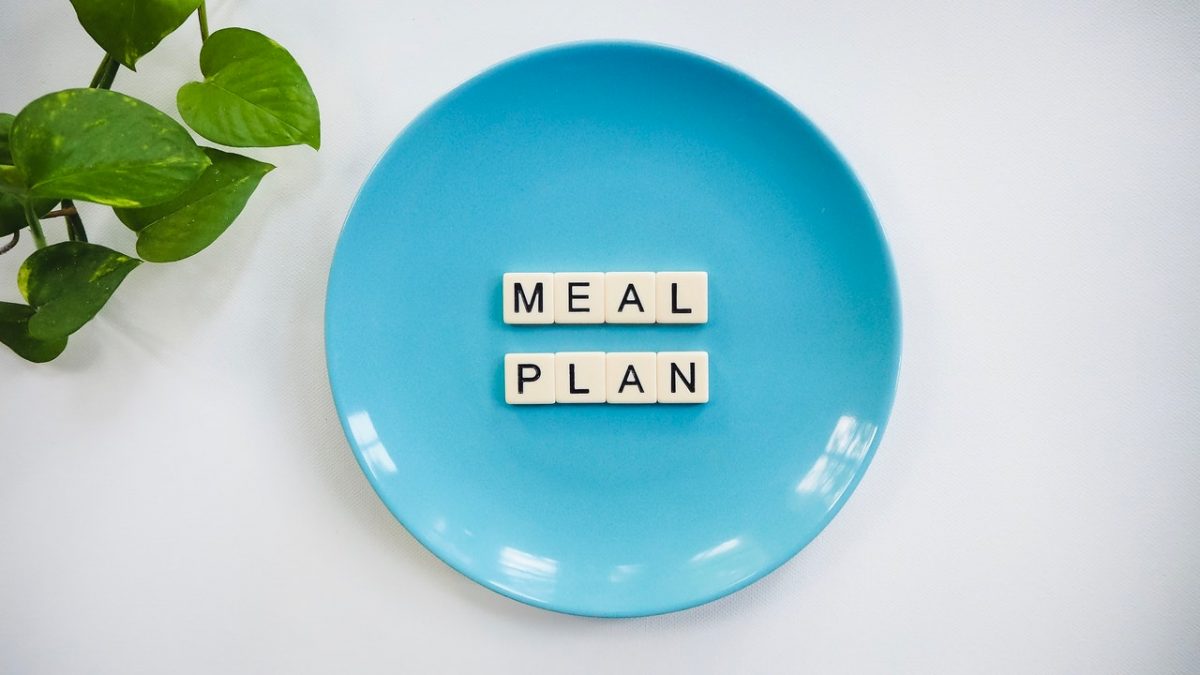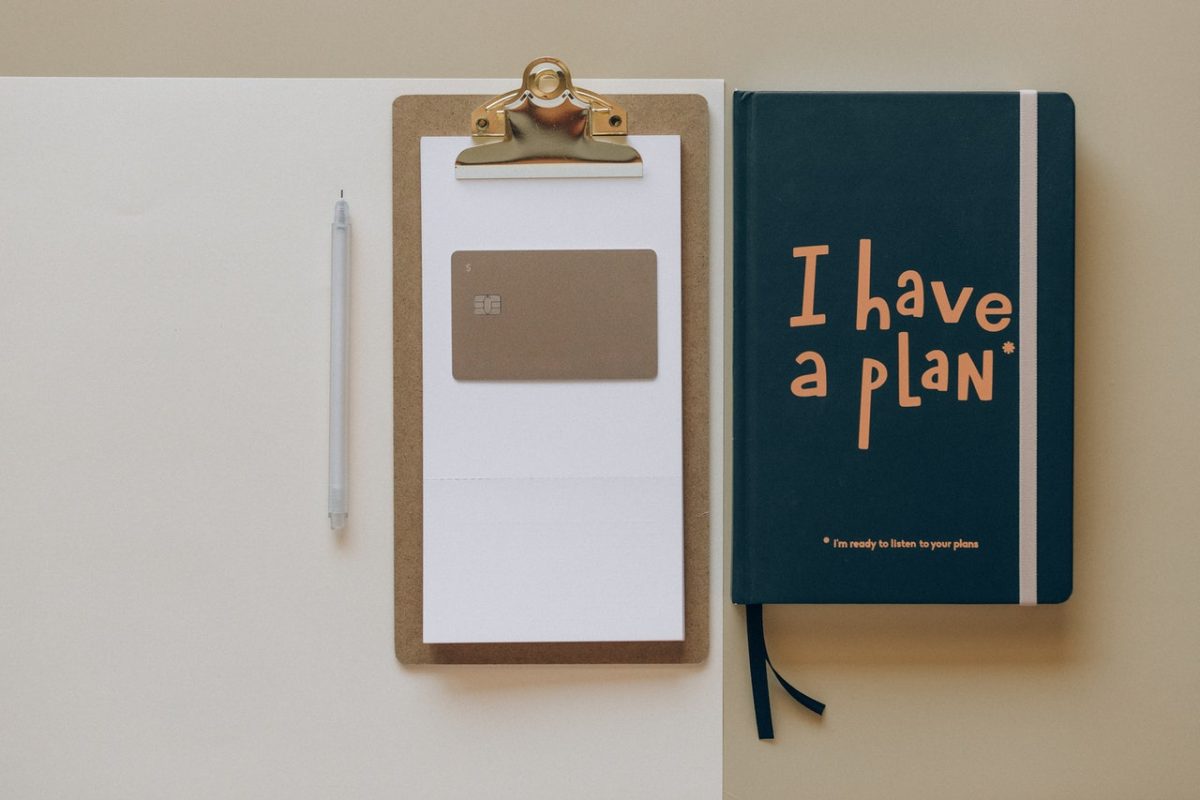Money-saving can be difficult, especially if you’re lacking the right motivation. However, you can make the process more fun by turning it into a “game”. In recent years, money-saving challenges have become a trend for those looking to achieve their financial goals within a short period of time. You get to choose the duration of the challenge and even adjust it to fit your lifestyle. Not only can these challenges help instill discipline when it comes to money matters, it makes saving money feel less like a chore as well. Here are some that you can try this year!
Our Picks for the Best Money Saving Challenges
1. Reverse 52 Week Money Challenge
As the name suggests, this is basically the 52-week money saving challenge but done in reverse. Normally, this challenge would have you save $1 for the first week and keep adding another dollar to the total until you complete 52 weeks. For the reverse, you simply start with $52 and keep subtracting a dollar as weeks go on. You will end up with $1,378 for both challenges, but some people do find it more motivating to start big.
This is because the numbers quickly add up, instead of just seeing a few dollars in your savings even after 10 weeks. If you’re the type to lose steam easily, the reverse challenge is better because the money you’ll have to save gets less and less as time goes on. This makes it much easier to accomplish as well.
Get the Reverse 52 Week Money Challenge FREE PRINTABLE:
52 Week Money Challenge Design-1
Reverse 52 Weeks Money Challenge Design-2
2. 26-Week Payday Savings Challenge
If you get paid on a bi-weekly schedule, this bi-weekly savings challenge (also called the 26-week payday savings challenge), should be the more convenient option to try. You will be able to save the same amount of $1,378 but the amount you save is adjusted for your bi-weekly pay periods. This way, you’ll be saving money every payday. You also have the option of saving more at the beginning of the year or during the end.
Get the 26-Week Payday Savings Challenge FREE PRINTABLE:
Bi-Weekly Savings Challenge Design-1
Bi-Weekly Savings Challenge Design-2
3. 8-Week Vacation Savings Plan
Some people tend to think that vacations are inaccessible because of the lack of funds. However, by following this two-step vacation money saving plan, you would be able to save $1,000 within 8 weeks. The first step is to plan your savings smartly. Experts suggest opening up a separate bank account for your vacation fund so you don’t mix up your budget. The key to making this work is self-discipline. Leave the account card at home and don’t take money out of it for any reason unless it’s an emergency.
The second step is to scale back on unnecessary expenses. This could be cutting down on your dining out or takeout meals. You can also scale back on your coffee expenses. These are the most doable considering there are more affordable alternatives you can enjoy at home. Make use of our printable money saving chart to say motivated and inspired!
Get the 8-Week Vacation Savings Plan FREE PRINTABLE:
8-Week Vacation Savings Plan Design-1
8-Week Vacation Savings Plan Design-2
4. 30-Day No Spend Challenge
Don’t be deterred by the name for this next challenge. The idea is to not spend anything for 30 days, but you can set aside money for your rent, bills, car insurance, and other essentials. However, you cannot use the money for shopping, getting your nails done at a salon, going to the spa, and other non-essentials. During this period, try not to use your credit cards as well.
Before getting started, make sure you list down all of your monthly essential expenses and the total amount. After, tally up all the extra expenses you have on top of this number. This should be the same amount you’ll be able to save during the 30-day money saving challenge. Using an expense tracking app would be quite helpful for this!
Get the 30-Day No Spend Challenge FREE PRINTABLE:
30-Day No-Spend Challenges Design-1
30-Day No Spend Challenge Design-2
5. 30-Day Meal Plan Challenge


Did you know that the average household can overspend close to a thousand dollars on monthly groceries? A lot of the time, most of that amount goes to convenience food instead of fresher and healthier options. Why not make a change and start meal planning instead? This way, you’ll only purchase what you need and avoid unnecessary food. Here’s a money-saving tip: check out your grocery store or local farmer’s market for any sale items that you can add to many of your dishes. If you’re looking to try something healthy and delicious, here are 15 Mediterranean recipes to try.
Get the Weekly Meal FREE PRINTABLE:
6. The 100 Envelope Challenge
For the 100*100 money saving challenge, you’ll need 100 envelopes on which you’ll label one to 100. Over the next 100 days, you’ll choose an envelope and save the amount of money equal to the number written on it. If you don’t miss a day, you would be able to save $5,050 after a hundred days. We suggest tracking the amount you’ve saved so far through an app or a spreadsheet. Having a visual will keep you motivated and keep you going even as the numbers that you need to save become higher.
Get the 100 Envelope Challenge FREE PRINTABLE:
100 Envelope Challenge Design-1
52 Week Money Challenge Design-2
7. Expense Tracking Challenge
One of the biggest reasons people find money saving hard is because they aren’t budgeting right. Many do the math in their heads and don’t really keep track of their expenses. Did you know that you can lose a few hundred dollars to unnecessary purchases by doing this? Avoid this problem by keeping better track of your expenses. You can start a money journal or download an expense tracking app. Money saving apps have this option, along with tracking, as well.
Get the Daily Expense FREE PRINTABLE:
Daily Expense Tracker Design-1
Daily Expense Tracker Design-2
8. 365-Day Nickel Saving Challenge
Doing money saving challenges doesn’t require a lot of money to start with. For this challenge, you can start by saving a nickel on the first day then add a nickel for each day until you complete a year. This might seem like a small amount at first glance, but you will have $3,339.75 after you complete 365 days. As with challenges that go from least to most, you might find that it gets tougher as you near the end. This is where making small compromises and cutting back on impulse purchases would help. Don’t forget to save any of your changes too!
9. The 50-20-30 Challenge
Classic budgeting styles are reliable and work for many people. However, if you want to try something different and approach your personal finances differently then give the 50-20-30 challenge. The formula for this money saving style is quite simple to follow: 50% of your income after tax should go to housing, groceries, and your necessities. 20% should be put toward your savings or paying credit card debt. You can do both depending on the amount you have. 30% goes to non-essentials or items you’ve been wanting but don’t need. Note that you don’t have to spend the 30% for personal use and opt to save it instead.
10. 20*52 Money Saving Challenge
There are 52 weeks in a year so why not use that time to save up? For $20 each week, you’ll be able to save $1040 in one year with little effort. The 20*52 challenge is great if you want a more consistent style of money saving. Instead of having to double the amount as the week’s progress, you’ll have an easier time keeping up with the weekly savings that you need to make.
11. Build Better Financial Habits Challenge


Saving money starts with how you well you handle your personal finances. Do you understand where all of your money goes or are you simply going with the flow? By simply developing better habits, you can improve your budgeting and save money at the same time. Here are seven important steps to keep in mind:
- Identify your money and spending
- Create a wishlist.
- Plan one year
- Calculate the amount you spend on your habits.
- Put money away for an emergency fund.
- Review your current budget.
- Tweak your budget according to any changes in your lifestyle.
12. Find Extra Money Challenge
The idea of finding extra money seems impossible if most of your cash goes to paying off bills, credit card debts, and other necessities. This method of creative savings and finding “hidden cash” in your home can be a fun activity for the family as well. For example, you can cash in all of the spare change you’ve collected in the bottom of your purses, your wallets, and even in your car. You can also start a side hustle by decluttering and selling items that you no longer use for some extra spending money. Don’t be surprised if this becomes a “hobby” once the extra cash comes coming in!
13. Round-Up Money Saving Challenge
Not many know this but some banks will allow you to round up your purchases to the nearest dollar, then deposit the change in your connected savings account. It might only be a few dollars each time but if you’re a regular shopper this could easily add up. You can add these extra savings to your grocery store budget or to your rainy day fund. Ask your bank if they are offering this service to make it easier for you. There are also money-saving apps that have this option so look into those as well.
14. Be a Smarter Consumer Challenge
Aside from becoming savvier when planning your weekly groceries, you can also apply this same logic when paying your bills. Did you know that your bills are negotiable? Since there is competition between supplies, you would want to get the best deal possible. Use this to your advantage by, essentially, haggling with your providers. Money-saving tips from the pros: if you hint that another company is offering you a better deal, you increase your chances for success. You’ve got nothing to lose so why not try this will all of your providers?
15. Penny Savings Challenge
Every penny leads to a dollar. This is the kind of mindset you should have when you start this easy-to-follow money-saving challenge. All you need to do is fill up an entire jar or a piggy bank with pennies over the course of one year. Most of us tend to just leave these lying around because we can’t see the value of a single. An entire jar, however? You can easily save close to a thousand dollars by doing this. It all depends on how diligently you do it.
16. The 1% Challenge


Another great challenge to try that will not significantly cut into your available cash is the 1% Challenge. With this, you’ll simply need to calculate 1% of your gross pay, divide this by your total paychecks for the year, and put this money toward a savings account when you get your first paycheck.
17. Online Cash Stream Challenge
Can you really make easy money online without making a prior investment? Yes. Start with online surveys. Swagbucks, Valued Opinions and Opinion Outpost are just a few survey sites money-savvy people have been using. You can do this while you wait for your laundry to finish or as you cook your meals. Even if it’s just for a dollar or two, perhaps even a discount voucher, the small amount of work you put into it will equal savings.
18. Cancellation Challenge
How many different subscriptions are you subscribed to? Do you use all of them or only just a few? For this challenge, you’ll review your subscriptions and then cancel as many as possible. Subscriptions for things such as Spotify, camera editing apps, video streaming services, and even monthly subscription boxes should be reconsidered. If you have cheaper alternatives then opt for those instead. You might be surprised at how much you’ll save without compromising convenience.
The same goes for apps and accounts. A lot of us don’t shrug when paying for a dollar or two on apps that we’ll only use once or twice. By rethinking these things and taking the time to look for alternatives, you can easily save up to a few hundred dollars each month.
19. The Family / Friends Money Saving Challenge
If you live with family or friends, you can work toward your financial goals together by participating in this money saving. The idea here is to save as much as you can within a month and the person who has the most wins. To make it more motivating, you can work out more rules or reward the winner with something special. You need not start with a big amount either! This one’s all about creating the habit of spending less and saving more. You can repeat this challenge every single month to make sure that the habit is maintained and all of your savings keep on growing.
20. Coffee Break Challenge


If you’re the type to go on multiple coffee runs a day, then it’s time to check just how much you spend on it every single week. For most people, it could easily amount to $20 or more. If we look at the bigger picture, data suggests that women can spend $2,327 on the brew per year while men spend $1,934 per year. Imagine that amount of money going to your savings instead. The Coffee Break Challenge doesn’t mean you’ll stop drinking it altogether. Instead, opt to make it at home as opposed to running to Starbucks each time. The lure of the Starbucks Siren might be hard to ignore, but it’ll do your personal finance plenty of good in the long run.
21. Holiday Money Savings Challenge
To help you get ahead of the usually big expenses we have during the holidays, give this challenge a try. Start on the first of January and set aside $20 from your weekly budget. You can opt to lower the number depending on what you’re comfortable with. For every $20 you save on a bi-weekly basis, you would have $960 by November. Instead of maxing out your credit cards to purchase gifts, you now have extra cash to spend.
22. 26 Paycheck Challenge (Perfect for Smaller Budgets!)
How to save money even with a smaller paycheck? Start small, like saving $5 for the first paycheck and doubling that for the next. What makes this perfect is that you can put a cap on the amount you save before restarting the process. For example, if you set your cap at $50 then you can go back to saving $5 again once you reach that number. You should have a little over a thousand dollars when you reach 26 paychecks or about a year of saving.
23. Temperature Money Saving Challenge
Leave your personal finances to good old Mother Nature for this next challenge. To keep things fun and spontaneous, save money according to the temperature for the day. If it’s 17 degrees then you must save $17. You can also do this on a weekly basis, depending on your current income stream. To keep track of how much you have managed to save, list down the amounts each time you make a deposit. Continue doing this for a year and you’ll be surprised at how much you can improve your gross income as well.
24. $1 Bill Save Challenge
Just like the penny and nickel challenges, you’ll simply collect every dollar bill you find or get as change. You can keep this in its own savings envelope or a jar until you’ve managed to fill it up. Better yet, wait for a whole year until you begin counting just how much you have saved. The fun is in not knowing and the surprise that comes with realizing how big the amount is. Did you know some people have managed to save for vacations and big purchases this way? The possibilities are endless as long as you stay diligent when doing it.
25. 30-Day Borrow, Trade, and Reuse Challenge


Aside from being great for the environment, these three habits can also help you save money. The idea is to avoid buying new things for the next 30 days. Instead, you can borrow from a friend, make a trade to get what you need or simply reuse something you already own. This will make you think out of the box and look at what you own from a fresh perspective. Many of us make impulse purchases without realizing that we already have the things we need. Sharing resources with your friends is another great money-saving habit. From kitchen tools to even clothing, there are plenty of opportunities to take advantage of.
What Makes Money Saving Challenges a Great Idea?
The simple answer is it makes saving more fun and motivating. It makes it feel less like a chore and gives people a sense of achievement when they manage to accomplish it. Because of the different styles available, even people who have to budget down to the last dollar can get a shot at finally building their emergency or home fund. You don’t even need to have a savings or checking account to make it happen. All it takes is discipline and a bit of compromise when it comes to your non-essential expenses.
These Money Saving Challenges are So Simple You Can Start Today!
If you have a few dollars lying around, save the money instead of making another unnecessary purchase. Many of these challenges can be started quite easily, without the need to wait for your next paycheck. Remember, money saving only feels difficult at first. Once you get into the habit, you’ll be able to do it naturally. The dollar you save today can become a reliable emergency fund within just a few months! So whether you’re saving up for a handbag or a new home, make the first step today.
How to keep your personal finances healthy? Here are some money saving tips to make it happen.



